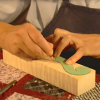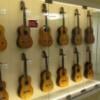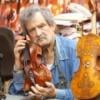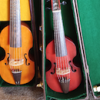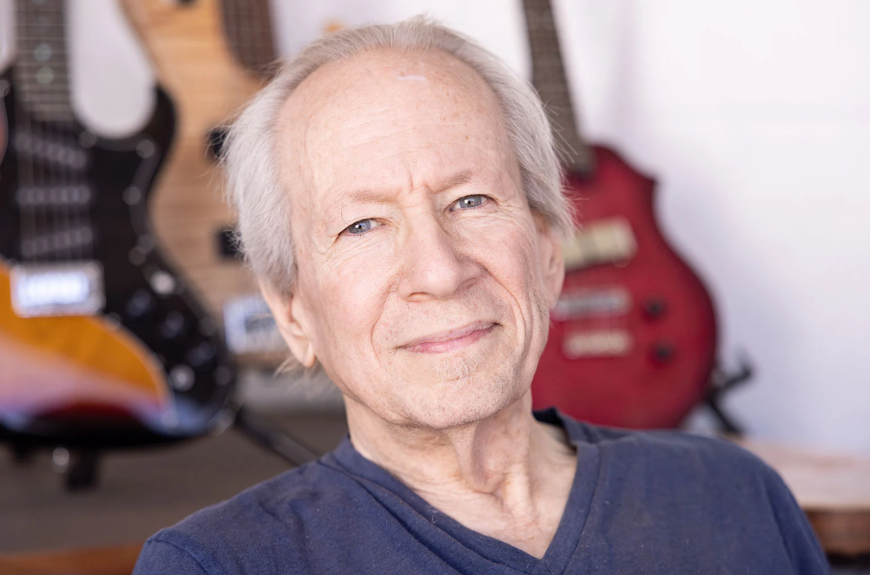
The music world is mourning the loss of luthier and polymath Rick Turner, who died from congestive heart failure and a stroke on April 17, 2022, at the age of 78. Premiere Guitar magazine dubbed him “the father of boutique guitars,” and his unique instruments and electronic components have been played and prized by a remarkable range of prominent musicians over the years, including Lindsey Buckingham, Jerry Garcia, David Crosby, Phil Lesh, David Gans, Jackson Browne, John Mayer, Henry Kaiser, and many more.
Turner was himself a musician, and came up playing in East Coast coffeehouses and clubs. He later played with noted folk duo Ian & Sylvia and was a founding member of the psychedelic band Autosalvage, which had some underground success and recorded an album for RCA in 1968. Along the way, he began doing guitar repairs in a Cambridge music store. When Autosalvage was scrapped, he made his way to Marin County and pursued his interest in instrument building in earnest.
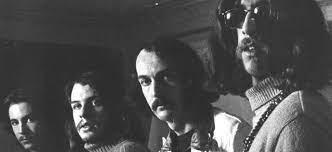
He was soon swept into the cauldron of creativity surrounding the Grateful Dead and their innovative ideas about instruments and sound systems, and he was involved in the development of the Dead’s infamous Wall of Sound. Turner soon began working with the legendary Owsley Stanley and others at Alembic, one of the first independent shops to specialize in high-end electric basses, guitars, and preamps. Alembic’s outside-the-box approach to instrument building and music electronics was a good fit for Turner, who expanded that sensibility when he ultimately founded Rick Turner Guitars.
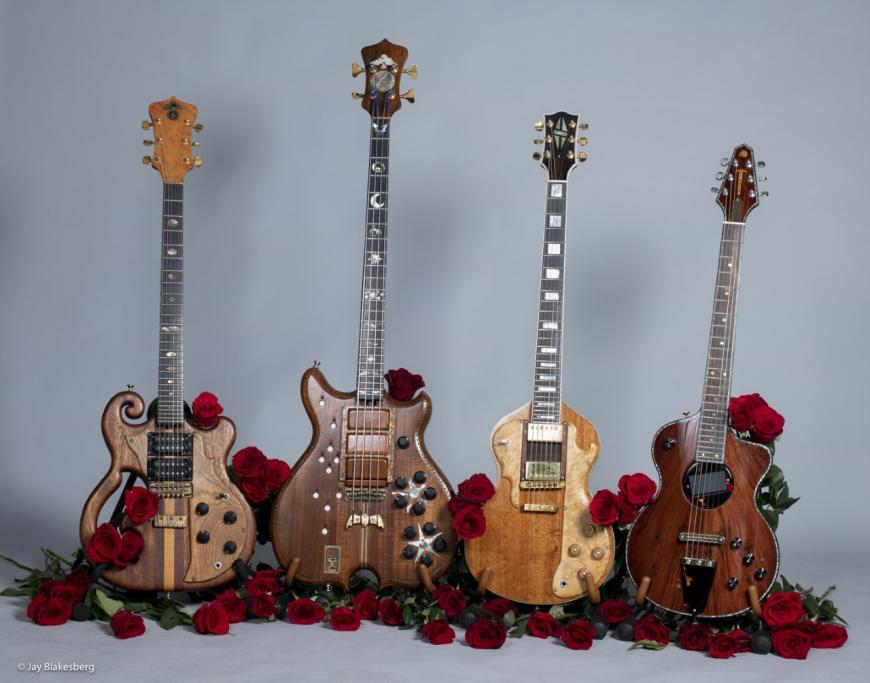
Soon there was a groundswell of interest in Turner’s unique instruments, and his reputation was secured when Fleetwood Mac guitarist Lindsey Buckingham commissioned Turner to build a custom instrument just as the band’s popularity was cresting. If Buckingham’s new guitar didn’t exactly make Turner a household name like Gibson or Fender, it certainly piqued the interest of guitarists around the world, and Turner’s shop was off and galloping.
Turner moved shop to Santa Cruz in in the ’90s, where he immediately had an outsize influence on the burgeoning hand-built-guitar scene there. As noted guitarist and adventurer Henry Kaiser put it, “Rick Turner was a modern luthier’s modern luthier. He was always ready to help other luthiers with anything they desired. He was also a fountain of creative in lutherie, always advancing his art in service of the musicians who played his instruments, electric and acoustic alike.”
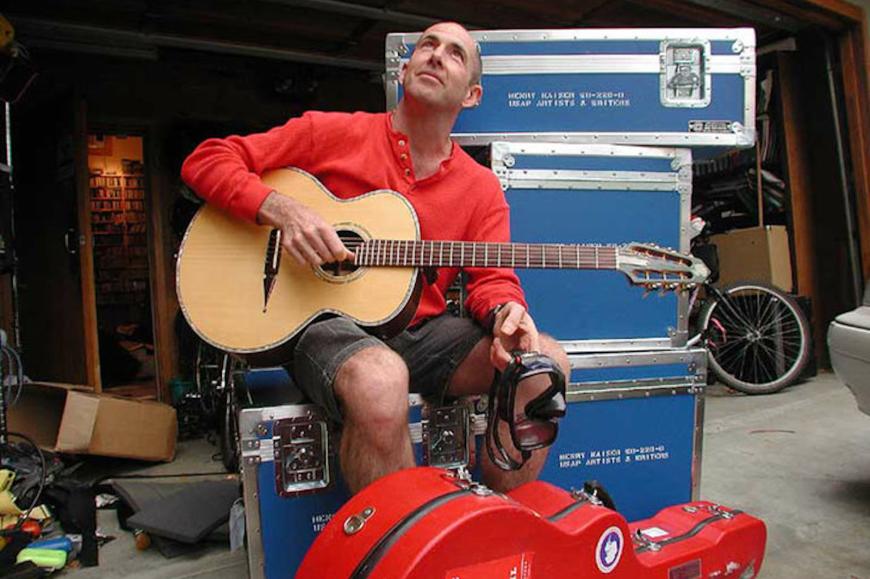
That sentiment ricocheted around social media and music bulletin boards on news of Turner’s death, and it was certainly my experience in every encounter I had with Rick over the years. I asked a few of Turner’s colleagues to share their thoughts and experiences with the man.
Guitarist, writer, editor, and Peghead Nation co-founder Teja Gerken knew Turner for decades in a variety of contexts, and he had this to say:
Rick Turner was one of the pioneers of contemporary North American lutherie. Never satisfied with existing designs, he created groundbreaking electric basses as part of Alembic, and his Model 1 guitar, which is closely associated with Lindsey Buckingham, is simply one of the most unique and innovative electric guitars ever, by any maker. His acoustic instruments are equally impressive: Using completely unique and adjustable neck joints and innovative internal bracing structures, Rick managed to question traditional design without doing simply for the sake of being different. But perhaps his biggest accomplishments came with guitar electronics, having not only popularized active pickups for electric guitars and basses, but completely rethinking acoustic-electric guitars with his line of Renaissance instruments and involvement with D-TAR pickups.
Above all though, Rick was an incredibly down-to-earth guy, who knew how to listen to musician’s needs and then figure out a way to create something that would solve a particular problem. I know a ton of people who are way into guitars, but I don’t think I’ve met anyone who matched Rick’s ‘eat, breathe, and sleep’ way of living for the instrument. I have no doubt that 50 or 100 years from now, he’ll be among a very few of today’s builders who are remembered as the era’s important characters.
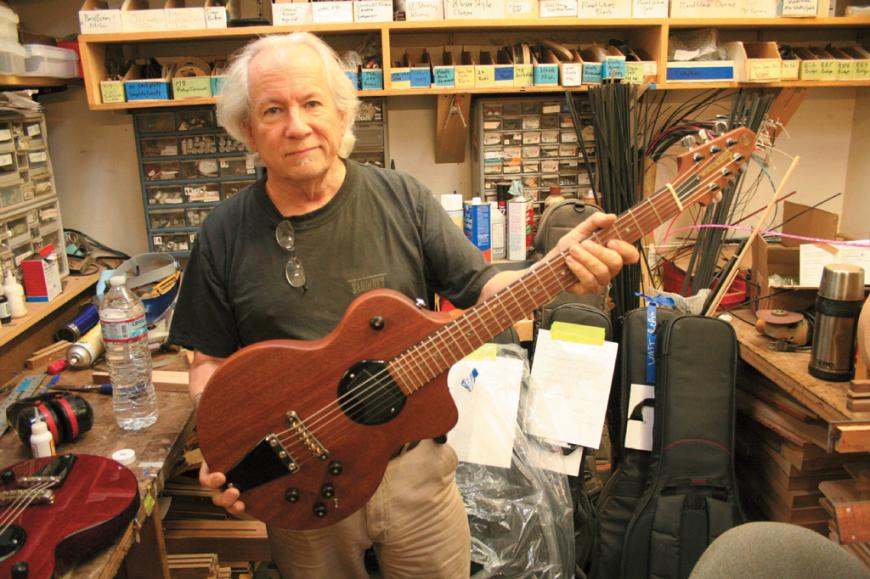
Guitarist, singer, and multi-instrumentalist James Nash (The Waybacks, The Nomads, The NashVillains) offered this endearing memory of a recent encounter with Turner:
I last saw Rick about a month ago. He invited me to his shop, showed me his new solidbody guitars, and we went out for lunch. Rick ordered a grilled cheese. I remember thinking that was cool, and kinda funny. It seemed a little ironic to me a guy who had lived such a spicy life wanted such a simple meal.
Rick sent me home with one of his new designs. Told me I really needed to bond with it, and try it through my own gear. Several folks have described Rick as “generous to a fault.” No argument from me. I played the guitar for several days. It was amazing. But, but not quite perfect for me. So what do you tell a legendary luthier who did work for Jerry Garcia and Ry Cooder and Lowell George? That I have some ideas about how his instrument might be better? I agonized a little bit about whether to say anything at all, but decided Rick was such a straight-shooter himself, I couldn’t possibly lie and say I thought it was perfect.
So I ran through a bunch of geeky thoughts. Details about the neck shape and the fret material, and some really nerdy stuff about the onboard electronics, the tone cap value, thoughts about treble bleed, ideas about slight changes to the pickup balance.
Just when I was pretty much positive that I must have pissed him off, he said, ‘This is exactly why I lent you the guitar.’
I was floored. Rick Turner was a master at what he did. He had more life experience and real-world instrument experience than I could ever hope to attain. Yet, he was interested in my input on his design. Having the privilege to spend a little time with someone so accomplished, yet so humble, took my breath away.
Rick texted me the next day saying he had done a few experiments and was going to incorporate a few new ideas into the guitar. I asked him if he could build me one like that… he said, “Absolutely.” Our plan was to start work a few weeks later, when his production schedule had an opening.
Sadly, that was the last time I talked with him.
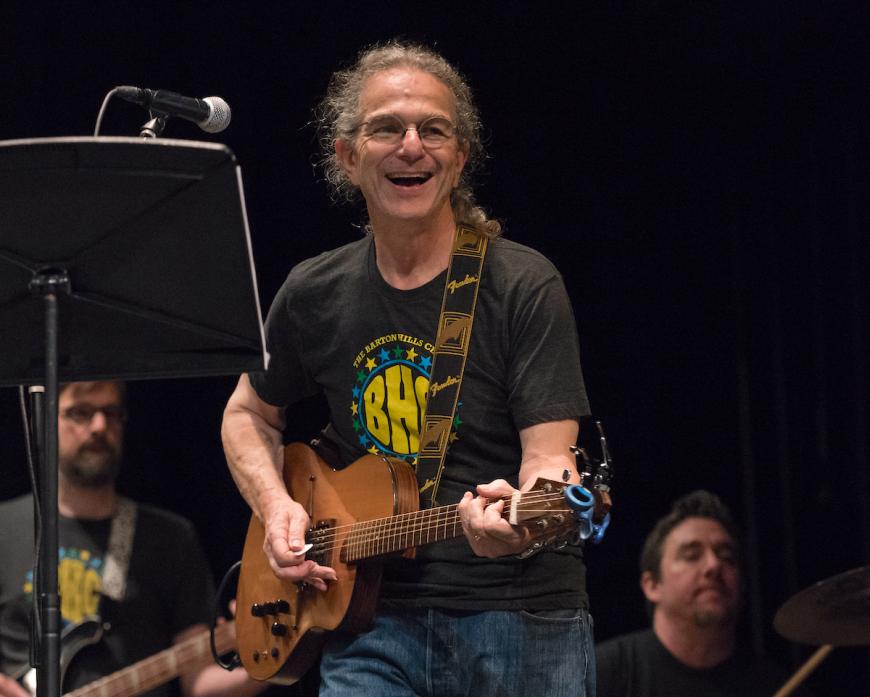
David Gans, guitarist, songwriter, author, and founder of the syndicated The Grateful Dead Hour radio program has been playing Turner guitars onstage and in the studio for four decades, and he had this inside perspective to share:
I bought my first Rick Turner guitar, a Model 1, in 1981. I was having some work done on that instrument in 1998 when I picked up a Renaissance for the first time. I immediately felt a connection with the guitar, and I ordered one that day. The Ren sounded great in any given situation, was a joy to play, and it looked great to boot! My range as a solo performer expanded, with the help of a looper and a couple of pedals. By 2012, Rick and Seymour Duncan had developed a magnetic pickup for the Ren, so I bought a new one with the two pickups (and a stereo preamp with a blend pot). This has been my main axe ever since, and I love it without reservation.
For solo performances, I am able to do almost everything I want to do without touching a knob nor stomping on a pedal. For accompaniment and “basic tracks,” I play somewhat softly for more of the “acoustic” sound. When I want to play single-note lines, I pick harder and get more of the “electric” tone. Some of my loop pieces have half a dozen layers or more, and the clarity of this guitar keeps the sound well-organized and articulate. And I get onstage with a full band and deliver clear, sweet sounds that don’t get lost in the mix.
The worst PA system can’t defeat it, and the best sound engineers admire and appreciate its perfection.
He knew wood, he knew acoustics, he knew electronics, he knew music, he knew musicians, and he knew musicianship. The complete package.
In addition to all of the building, inventing, and teaching, Turner was a prolific writer who was always happy to share his knowledge and wisdom. Simone Solondz was Turner’s editor at Acoustic Guitar magazine, and she recalls the pleasure of working with him in that context:
I met Rick Turner in 1992, when I was a fledgling editor at Acoustic Guitar magazine and he was already a legend in the guitar industry with something like 30 years of experience as a builder and inventor known for writing his own rules. And yet, right from the start of our relationship he listened as much as he spoke and rarely shared tales of his glory days on the road unless pressed to do so. He loved to teach and share ideas and was completely unfazed by notions of ownership or intellectual property. If a fellow maker wanted to play with his idea and try taking it in a new direction, they had his blessing. He seemed to have great ideas to spare. In an industry centered around image and reputation, Rick quietly knew all the right people. He had a fine-tuned BS detector and a razor-sharp sense of humor even about his own foibles. He was witty, modest, and ageless, and I’ll always remember how he welcomed me in.
R.I.P. Rick Turner.


